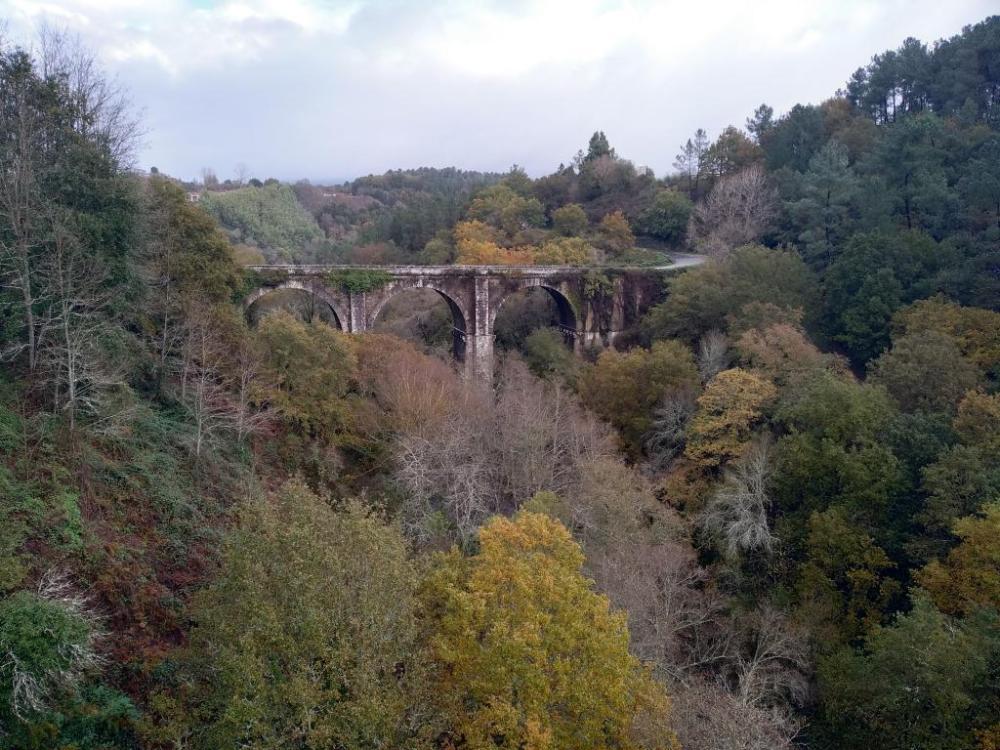Past and future converge on Lalín. Medieval bridges of stone like " Ponte Taboada " or Ponte dos Cabalos" coexist with the modern glass architecture of “Castro Tecnolóxico”. The first astronomic observatory of Galicia is also considered in the scientific vanguard . It was constructed by Don Ramon M ª Aller in 1924, and, nowadays, there are guided visits and activities of sky observation.
As example of industrial architecture, the building of Rodís's paper mill, founded around year 1850 that nowadays is a private housing.
In Lalín Municipality there are 30 Mainhouses, constructions most typical of the Galician nobility. Some of them, without its inhabitants, stand the test of time with difficulty, looking to “Pazo de Liñares” that rised like the phoenix and shows all its magnificence to visitors. Others preserve its function of housing, or they turned into rural establishments that receive its privileged guests.
To enjoy popular architecture, it is enought just to walk along rural areas and to admire functional constructions as mills of water, barns, washers or stone structures. All of them create the soul of our landscape.


